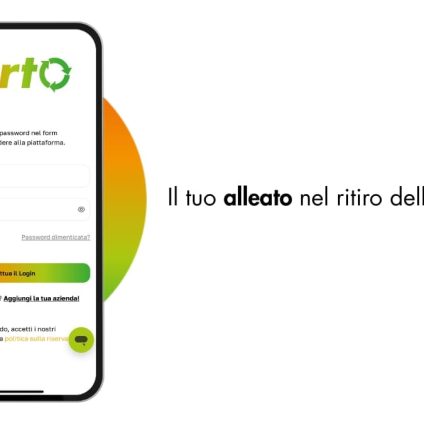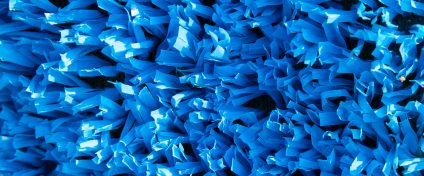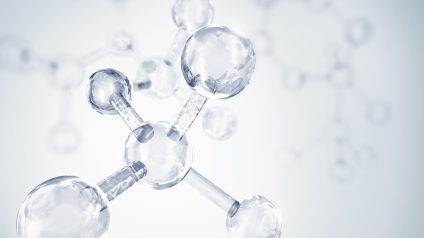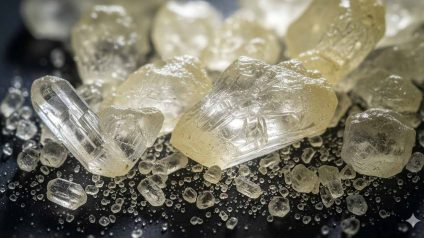The app, designed to simplify and speed up the management of waste collection, will help optimize logistics processes, further enhancing the consortium’s operational efficiency and service quality. Rinnovabili talks about it with Mariano Baldoni, technical director at CONOU
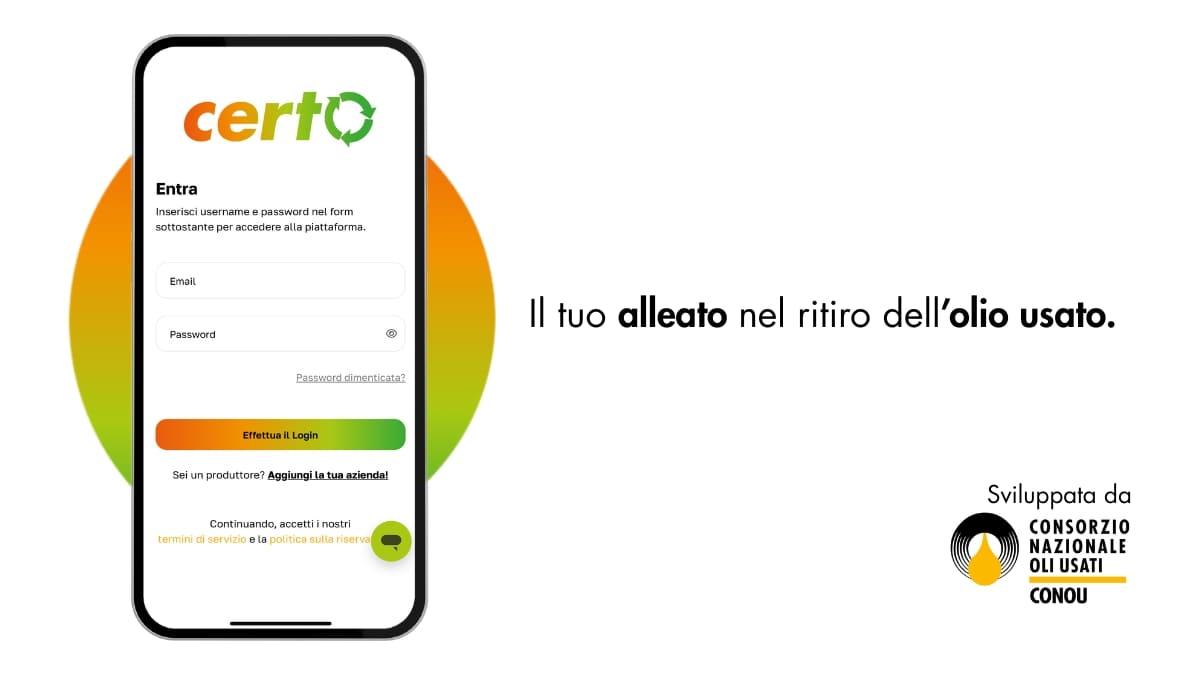
Digitization meets circular economy with Italy’s top oil recycling network
CONOU, the Italian National Consortium for the Management of Used Mineral Oils, has introduced a new digital tool to optimize oil waste collection. In late April, the organization launched Certo, a user-friendly app designed to create a direct communication channel between waste producers and CONOU’s licensed collectors.
The primary goal is to digitize the process of collecting used lubricating oil. CONOU already operates a highly efficient national collection network, built on specialized logistics and transport systems that adhere to the highest standards of compliance and transparency.
Until recently, companies needing to dispose of used lubricating oil could simply locate the nearest CONOU dealer via the official website and schedule a free pickup by phone. This system has helped CONOU achieve record-setting performance in Europe’s circular economy, consistently collecting the maximum recoverable volume within the system.
So how do you improve a model already running at peak efficiency? The answer lies in digital transformation. Celebrating its 41st anniversary, CONOU has made the Certo app available to all waste oil producers, including auto shops and industrial facilities. The app, downloadable from www.certoapp.it, Google Play, and the Apple Store, is intuitive and fast.
With just a few clicks, businesses can request the pickup of lubricating oil and other waste by selecting the relevant EER (European Waste Code) and providing basic information. After scheduling the date and time, the CONOU dealer handles the rest. For collectors, the app enables a more streamlined and digital workflow.
An exclusive interview with Mariano Baldoni, COO of CONOU
To dive deeper into the app’s impact, Rinnovabili spoke with Mariano Baldoni, chief operating officer at CONOU.
CONOU is a leader in the sector. What led you to invest in developing an app dedicated to managing collections?
The Certo app was created after realizing that waste management is carried out by operators using their own management systems, which are only activated once a request has already been made and the operator shows up at the client’s location, the waste-producing holder, to collect the oil.
All the steps that come before that, the booking request, information exchange, directions, are handled in various ways: by phone, by email, or simply because some operators have learned that a certain client produces 300 liters of used mineral oil every three months and organize their pickups accordingly.
What goals is CONOU aiming for with Certo in terms of efficiency, collection volume, and stakeholder engagement?
In terms of collection volume, we don’t expect major changes. As of today, we collect 47% of the new oil placed on the market—a figure that, for counterparts in other European countries, represents the maximum recoverable amount, since a portion of the lubricant is consumed during use.
Therefore, we don’t foresee significant increases in collection volumes. What we do believe is possible with Certo is to improve and simplify the processes by making them more streamlined and standardized, optimizing transportation, and enabling easier management of the transport documentation that accompanies the waste – all of which further enhances the service provided to the customer.
Will the introduction of Certo create new opportunities for CONOU’s dealers in terms of data analysis, logistics optimization, and continuous service improvement?

Today, digitalization is increasingly essential. In our case, it makes the relationship between the dealer and the waste producer more efficient and allows needs to be managed anytime, anywhere even outside business hours.
The Certo app digitalizes the entire process and enables the dealer to generate useful statistics to forecast a customer’s oil consumption.
This helps simplify and standardize workflows. In a second phase, once a substantial data set is in place, it will also allow for optimized waste pickup routes. It’s important to remember that waste collection logistics represent a cost for the dealer, and improving efficiency also brings environmental benefits.
On one hand, we’re promoting advanced fuels like HVO, a plant-based fuel that emits up to 90% less CO₂ than standard fossil fuels. On the other, we’re advancing models like the Certo app that digitize a process that, until now, was handled entirely through verbal communication with an operator.
So, once we’ve built up enough historical data, the app will enable even more efficient logistics management.
And once the pickup process is streamlined…
That helps us give waste oil a second life by transforming it back into base lubricants and reducing the need for raw material extraction.
Each year, around 100,000 tons of raw materials are extracted globally, and we recover only about 7% of them. This means that we are extracting far more than the Earth is naturally able to regenerate.
Recovery and recycling can reduce that extraction by up to one-third.
Can Certo be used to request pickup of other types of waste?
Certo is an app for mineral oil, but the problem with apps today is that you risk having a different app for every single task.
So we decided not to limit it to just the waste codes for used mineral oils, but to open it up to all other waste codes as well. This allows both the dealer and the client to request a more comprehensive service. In fact, most of our dealers handle multiple types of waste.
In the future, Certo will be compatible with the RENTRI system from the Ministry of the Environment and Energy Security (MASE). What benefits are expected from this integration?
As of this year, RENTRI (the National Electronic Register for Waste Tracking) has come into effect, and soon the digital management of the Waste Identification Form (FIR) will become mandatory for everyone.
Our system is designed to integrate seamlessly with our dealers’ management systems, avoiding duplicate work and simplifying the entire process. Additionally, storing historical data and enabling predictive modeling will help streamline and optimize the collection process.
Used mineral oils are primarily waste products from engine operations or industrial systems. Does Certo also work for private users?
Private users should bring their used oil to municipal collection centers, which are legally required to accept it.
Workshops, however, cannot use these centers. Waste handed in by a citizen is considered urban waste, but if produced by a workshop, it becomes special hazardous waste.
For municipalities that request it, CONOU is actively working to support them in setting up agreements with one of our authorized dealers. As part of this effort, we provide a compliant container for used mineral oil collection free of charge, after verifying that all legal authorizations are in place.
It’s important to note that do-it-yourself oil changes are becoming increasingly rare, mostly limited to older vehicles. For newer models, oil changes typically occur during scheduled maintenance at professional workshops, where diagnostics are performed using software that private individuals don’t have access to.
Why is CONOU considered a best-in-class model in Europe?
CONOU was the first to begin its operations, at a time when other similar consortiums had not yet been established.
Our Italian model is often difficult for other countries to fully understand, it is based on the principle of extended producer responsibility. It brings together multiple stakeholders: collectors, regenerators, base oil importers and producers, and those who manufacture and sell lubricants.
As such, the consortium must remain neutral towards all these parties and maintain credibility with those who fund it. On one side, lubricant sellers and base oil producers or importers contribute financially to support the system; on the other, there are refiners and collectors.
We act as an arbiter, ensuring that collection companies and regeneration facilities operate at the highest standards, without any coercion on our part.
Despite being a private entity, the consortium is a nonprofit entity. This allows us to invest more to achieve our core mission: environmental protection.
If our goal were to maximize profits, no one would pick up oil from a workshop on top of a mountain, it simply wouldn’t be economically feasible. Conversely we require our dealers to serve anyone who makes a legitimate request.
In conclusion, how is this year going in terms of collection volumes?
This year collection is once again performing exceptionally well and exceeding our expectations both in quantity and quality. The used mineral oil sent for regeneration continues to meet the highest European standards, with nearly all of it being regenerated and given a second life.
It’s a trend we’ve managed to sustain over the past few years, consistently regenerating between 98% and 99% of the oil collected. This success is largely due to our strong focus on waste quality, which is essential to properly recover the material and return it to use.


